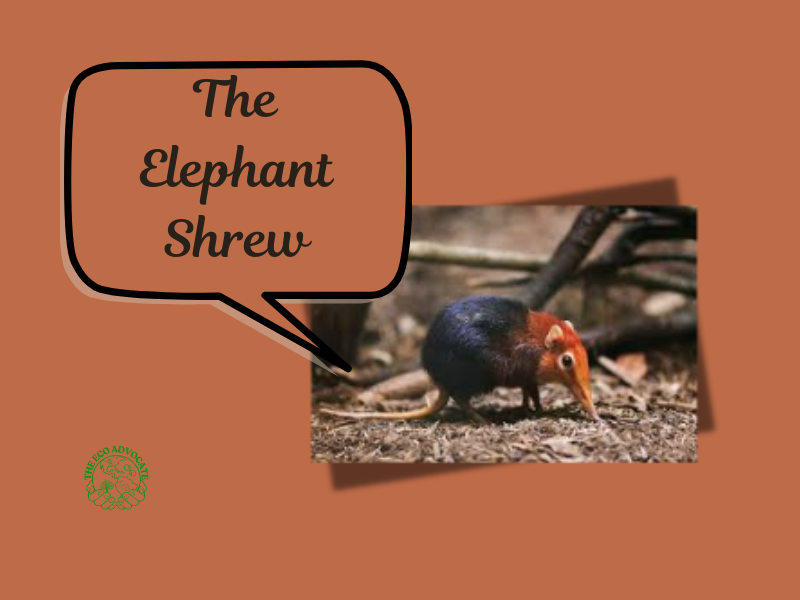How a mouse-sized mammal with a trunk-like nose is more closely related to elephants than to shrews—and why it matters.
Introduction: A Misnamed Marvel
At first glance, the elephant shrew (or sengi) seems like a creature from a fantasy novel—a tiny, long-nosed mammal with kangaroo-like legs and the speed of a racehorse. But its most surprising feature isn’t its appearance; it’s its family tree. Despite its name, this little insectivore is more closely related to elephants, manatees, and aardvarks than to true shrews.
How did such a small animal end up in the same evolutionary branch as giants? And what makes it so unique in the animal kingdom? Let’s dive into the fascinating world of the elephant shrew.
Anatomy & Adaptations: Built for Speed
A Nose Like an Elephant (Sort Of)
The elephant shrew’s most distinctive feature is its flexible, trunk-like snout, which it uses to sniff out insects. Though not a true trunk, this elongated nose is highly sensitive, helping it detect prey in leaf litter.
Olympic-Level Sprinters
Don’t let their size fool you—elephant shrews are among the fastest small mammals on Earth, clocking speeds of 28.8 km/h (17.9 mph). Their long hind legs allow them to bound like rabbits, escaping predators in a flash.
A Brain That Defies Expectations
Compared to other insectivores, elephant shrews have huge brains relative to their body size. Scientists believe this may help them navigate complex environments and remember intricate trail systems.
Behavior: The Solo Monogamists
“Roommates, Not Soulmates”
Elephant shrews live in monogamous pairs—but they’re not exactly lovebirds. Partners share a territory but rarely interact, sticking to separate nests and meeting only to breed. It’s one of nature’s most practical relationships.
Highway Engineers of the Forest
They maintain cleared pathways through underbrush, patrolling them daily for insects. If threatened, they dart down these escape routes at lightning speed.
Reproduction: A Biological Curiosity
A Menstrual Cycle Like Ours
One of the most surprising facts about elephant shrews? Females menstruate, a trait shared only with primates, bats, and a few other mammals. This made them key subjects in 1940s reproductive research.
Independent from Day One
Unlike many mammals, elephant shrew pups are born highly developed, able to run within hours. By two weeks, they’re already hunting insects—no helicopter parenting here!
Conservation: Rediscovery & Threats
The “Lost” Somali Elephant Shrew
In 2020, scientists in Djibouti rediscovered the Somali elephant shrew (Galegeeska revoilii) after 50+ years without sightings. This highlights how much we still don’t know about Earth’s biodiversity.
Habitat Loss & Climate Challenges
Though not yet endangered, many species face threats from deforestation and climate change. Protecting their habitats ensures these evolutionary oddballs don’t vanish before we fully understand them.
Conclusion: Why the Elephant Shrew Matters
The elephant shrew is more than just a cute face—it’s a living lesson in evolution, adaptation, and biodiversity. It’s bizarre mix of traits (elephant relatives? menstrual cycles? super-speed?) reminds us that nature is full of surprises.
Next time you think of elephants, remember: their tiniest cousin might be the most fascinating.

